Last updated on April 8th, 2020 at 08:00 pm
Basemap is a company that prides itself in digital mapping and transport data solutions. It launched its first product in November 2013 and has since rolled out numerous solutions that are being used by businesses across the UK. From local councils to the NHS. Now, the British-born service provider is aiming to help businesses transition from gasoline-led vehicles to EVs.
To do this, Basemap has developed a route optimisation software package that's designed to help make the switch; Electric Vehicle Routing (EVR) is a free tool that can be used by any company or government organisation. The software allows you to import data of a vehicle, add details and then calculate the most efficient route for each driver – it's aimed at companies that use Light Commercial Vehicles to carry out their jobs, for example, a delivery driver who has to pick up and collect parcels from a multitude of addresses.
Ultimately, EVR provides a detailed breakdown of the financial and emission savings a company could achieve if they were to make the switch to an electric fleet. To better understand the software and its partnership with the University of Surrey, WhichEV had an exclusive interview with Dan Saunders, Product Manager at Basemap.
Could you give us a brief history of the company and the creation of EVR?
We started in the year 2000, where the company originally resold third-party software and data. In 2010 we thought it would add more value if we started creating our own products and solutions. We launched our first product in 2013, a multi-modal transport travel time software called TRACC; and that's used a lot with local authorities and transport to work out the fastest journey time by cycling, walking, and driving. We've got about 500 users of that in the UK: local authorities, NHS and the wider sector.
From there we started to launch a few other products, and a few years ago someone came up to us and said: “you're doing routing based on minimum time and distance, but have you thought about energy consumption?”
Much like an electric vehicle, it's not about how fast you get there, but rather how efficiently you can make the journey. So, we asked ourselves: what are the key components of batteries? And with more companies talking about EVs and charging points we set ourselves to work on a solution.
How was EVR developed?
Two years ago, we got a grant from Innovate UK and the University of Surrey to work out the key components to batteries, which included: regenerative braking, the density/capacity of the battery, the weight of the vehicle, and the weather.
To help us develop a solution we worked with a PhD student from the University of Surrey via Innovate UK to work out how batteries are affected going up and down hills, and how braking affects the lifespan of a battery pack.
That was the first beta of the software; looking at gradient, weight and speed. From there, we looked at algorithms as to things that affect a battery – such as the discharge and recharge rate of a battery.
In March 2019, we launched a free-to-use software that shows you the best routes to take with an EV. We plug-in data using APIs, where a user imports the address and postcode. It then looks at how many vehicles you've got and it'll give you the most efficient route for your fleet.
Read next: What is an EV? Everything you need to know about an electric car
Why should a business use EVR?
It didn't take long to figure out that there aren't enough all-EV fleets out there. As such, we thought it would be good to help combustion engine (ICE) fleets switch to electric. Here, we present companies with a business case with the savings they can make by switching to electric.
This stems from the time of day that they charge their EVs, and calculate the fuel cost savings that can be had if they switch their gasoline-led fleet to electric. From here, you can plan the cost of the journeys done over a month.
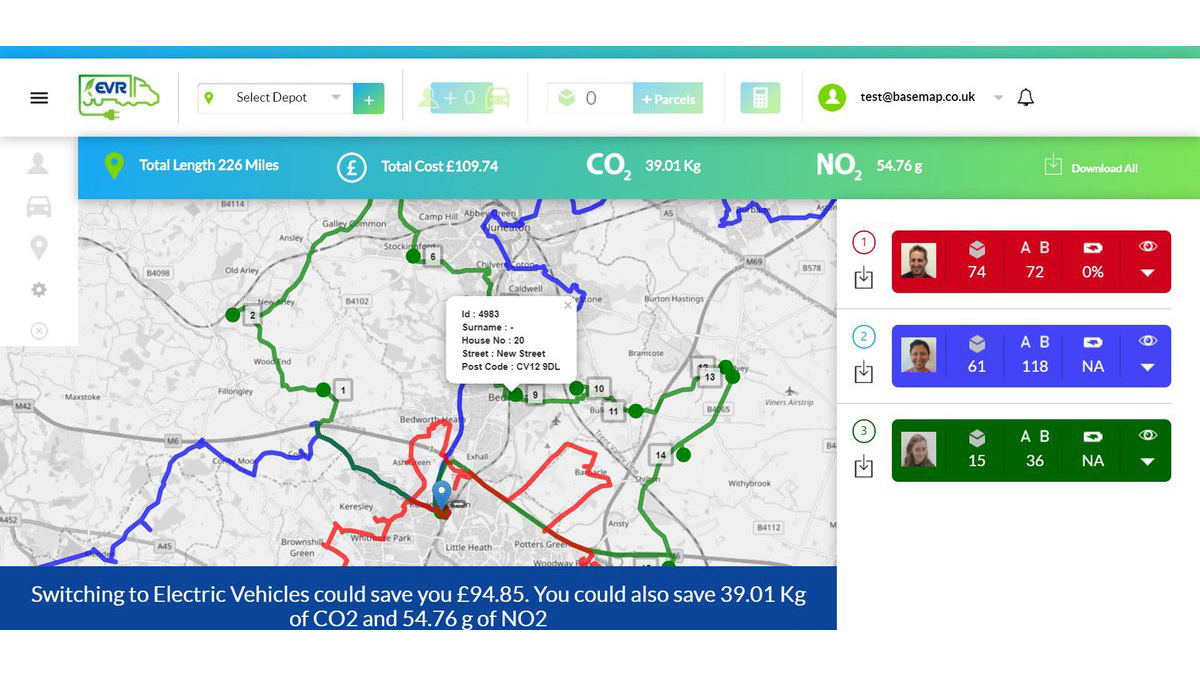
Have you got customers/users using it?
We've got a few customers using it, namely local councils; awkwardly we got a few international customers who have enquired about it, but unfortunately we can't cater for that demand as we're concentrating on the UK at the moment.
What types of users do you want?
We know that a lot of users are embedded in their own solutions. We know that as a small organisation, we'll never be able to offer such a large-scale solution, however, we've got a two-pronged approach: one is to use our app as a window of what we can do, where we could open this up to third-party companies to use – we could sell our data/information. Here, our key target would be an SME operating in an urban environment, where they are thinking of making the switch to EVs – so this would be the first stage, while the second is infrastructure. Here, we've got a few organisations that are looking to install smart chargers and here, we need to help them with a business case as to why they should do it.
A big part of it all is feedback – we want users to provide us with feedback for us to improve the free service that we provide. Currently, we have two sources of data which can be extracted using the tool – a CSV file for Excel and a GPX file which can be loaded into a Sat Nav; but people want this information to be sent to a mobile phone.
We're looking at developing an app which would allow you to then see the route on Google Maps, which then can be used to navigate to the drop-off/pick up locations. This also works out well for us as we can then use that information for telematics information, whereby the data will provide us (all) with better route planning.
Read next: How to check if your electric vehicle is eligible for a government grant
Where do you source your traffic data?
At the moment we use UK-based data, where we get historical data and live data in 15-minute segments. We found that with live data, the problem is latency; most companies can't guarantee a certain latency, but we are working with a company who claim to have the lowest latency in the UK – we're looking to integrate that in the future.
Right now, we're operating on a free-to-use model, so there's only a limited amount of data that we can use, but going forward we'll look into paid models which would provide more data/analysis and profiling per driver.
Sometimes it's not just about time but also journey reliability. So you might pick a longer journey but there's less chance of you getting stuck in congestion. For example, if you are going to Heathrow airport, do you want the safest route that might take a little longer or the quickest route whereby you might end up in traffic? This isn't a feature that's currently available but we're looking at implementing it soon.
Do you have a list of vehicles that users input or it is automated?
At the moment we have user input only; where a customer adds the data with the dimensions, battery capacity, weight etc – there is a database available on other sites, and we're looking to integrate that via a dropdown menu so that we can pull that information into our platform.
We'll be taking a conservative approach and deeming the manufacturer's range as 60% accurate; whereby if a company claims that a van has a range of 100 miles, we'd tailor our route planning calculations at 60 miles.
This data, however, will be based on historic data of the vehicle; we'd look at the average distance a vehicle can travel and use that for more accurate calculations. This is currently simulation data, but we've got a few vehicles out there that beam telematics data back to us – we're chatting with data suppliers to provide us with more real-world data.

As for used vehicles, would you consider a separate dropdown? For example, if you are to compare a 2018 model that's been driven 80,000 miles vs a relatively new 2017 model?
We do take vehicle registration into account, but that's a good point – there might be older vehicles that have never been driven before, so we might look into taking the current mileage of the vehicle and then work it out from there.
Could you elaborate on Basemap's partnership with the University of Surrey?
Certainly: Basemap is collaborating with the University of Surrey to deliver an innovative project in the areas of Electric Vehicles, Machine learning and AI through the Knowledge Transfer Partnership (KTP) scheme, which is part-funded by the UK’s innovation agency, Innovate UK. Involving academics from the Department for Automotive Engineering and the Surrey Business School, the KTP project’s key objective is to enable Basemap to innovate and grow with the help of academic expertise. The project is delivered by a University-employed graduate, who works at Basemap and acts as a bridge-builder between academia and industry
What does the future hold for EVR?
The next thing we're looking at doing is integrating emissions zones: there are around nine different ones across the UK; so we'll be adding these costs into the system and factoring that into the total price. Where a company sends an LCV into London; how much will it cost them with ICE-based vehicles vs EVs. As you know, electric vehicles are exempt from paying such charges and over the course of a day, month or year could lead to significant savings.
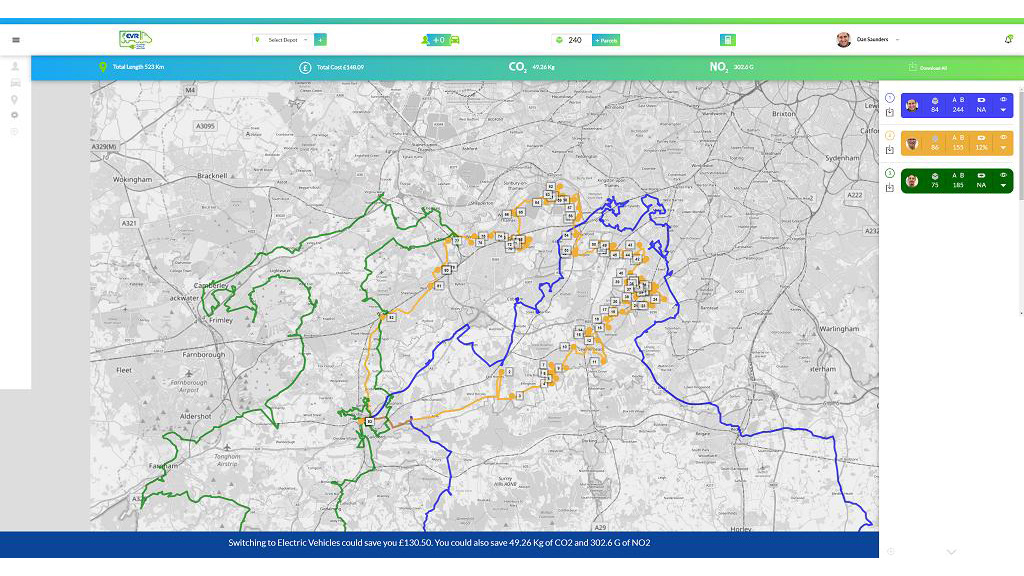
What about a charging map for EV fleet owners?
It's on our roadmap, most likely it'll be out later this year. Our core goal is to aim at LCVs which are doing lots of drop-offs, rather than those doing long drives (HGVs); so we're aiming at Amazon and UPS drivers doing multiple drop-offs a day and have to come back to base.
Read next: The best upcoming electric cars, SUVs and pickup trucks
How would you factor in charging points?
At the moment we wouldn't do that at all, but it's an interesting point. We concentrate on drivers doing the rounds and coming back to a base, rather than charging on-the-go when they're out on their delivery runs.
We'd factor in traffic, for example, known schools and areas where there is going to be congestion – in order to avoid issues of coming back to base. As it is, we wouldn't recommend a route (with a pure EV), where the driver can't complete their entire journey on a single charge.
In the future, we do think it'll be more feasible as fast/rapid-chargers become widely available. Right now, we don't believe the infrastructure is there to cope with a quick fast charge to replenish a user's batteries.
Read next: AFC Energy launches a zero emission off-grid EV charging unit


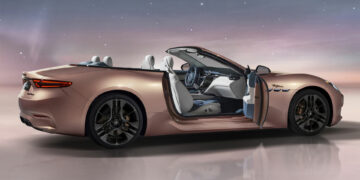
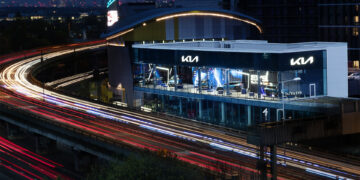










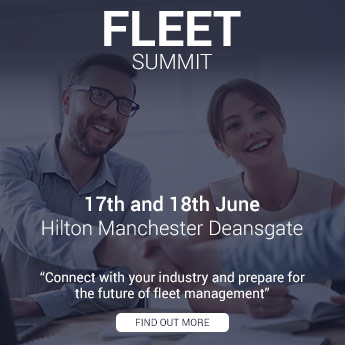





Discussion about this post